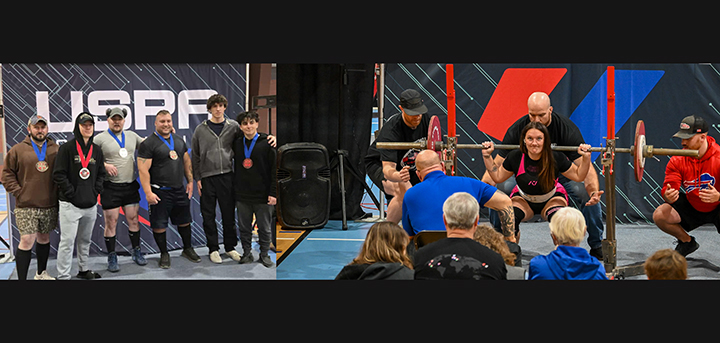Turkey hunters need to give a hoot
Through the years I have learned so much about turkeys it would be impossible to condense it down into a single column. Turkeys are incredibly intelligent animals seeming almost psychic at times. They more often than not seem to zig when you zag. Because of their uncanny ability to avoid capture, turkey hunters need to learn a lot more about a turkey’s language and habits to be regularly successful at harvesting mature birds in comparison to mature deer. I have found that the ability to locate gobblers/male turkeys seems to be the biggest nick in a hunter’s armor. Locating a gobbler is the first thing I do on a hunt, so that’s where I will start.
I began spring turkey hunting when I was 13 years old with my father. We struggled for years trying to figure out how to harvest a bird. We started – as most did back then – as turkey hunters, but turkey spooking is what we actually did. This was before the time of hunting videos and tutorials, so if you weren’t lucky enough to have an educated old timer around, most would just bumble until they got lucky or gave up.








Comments